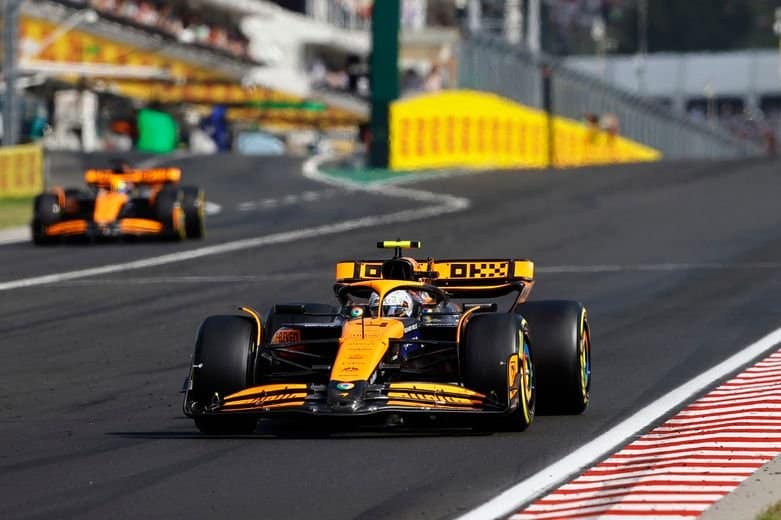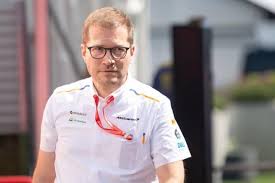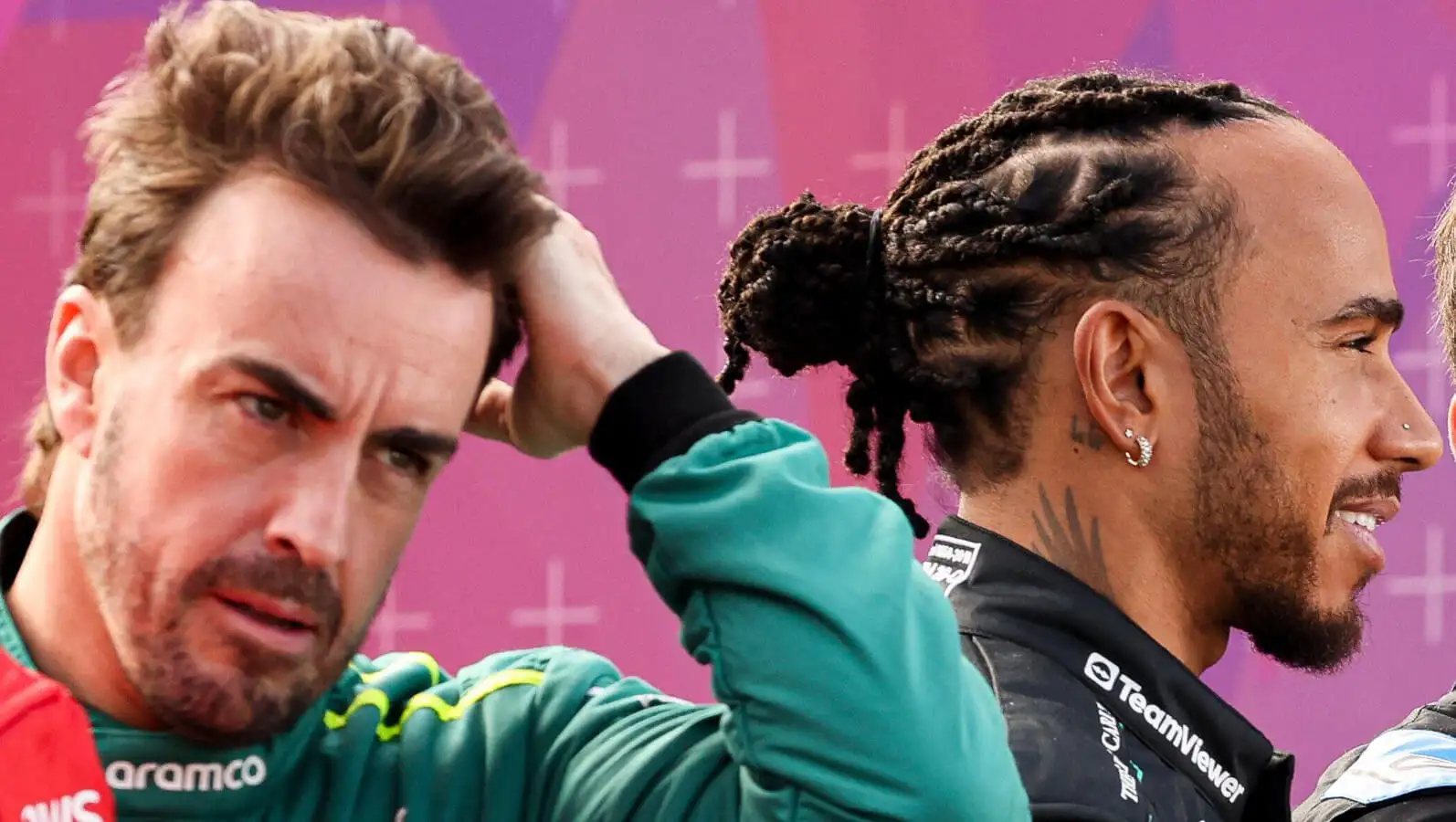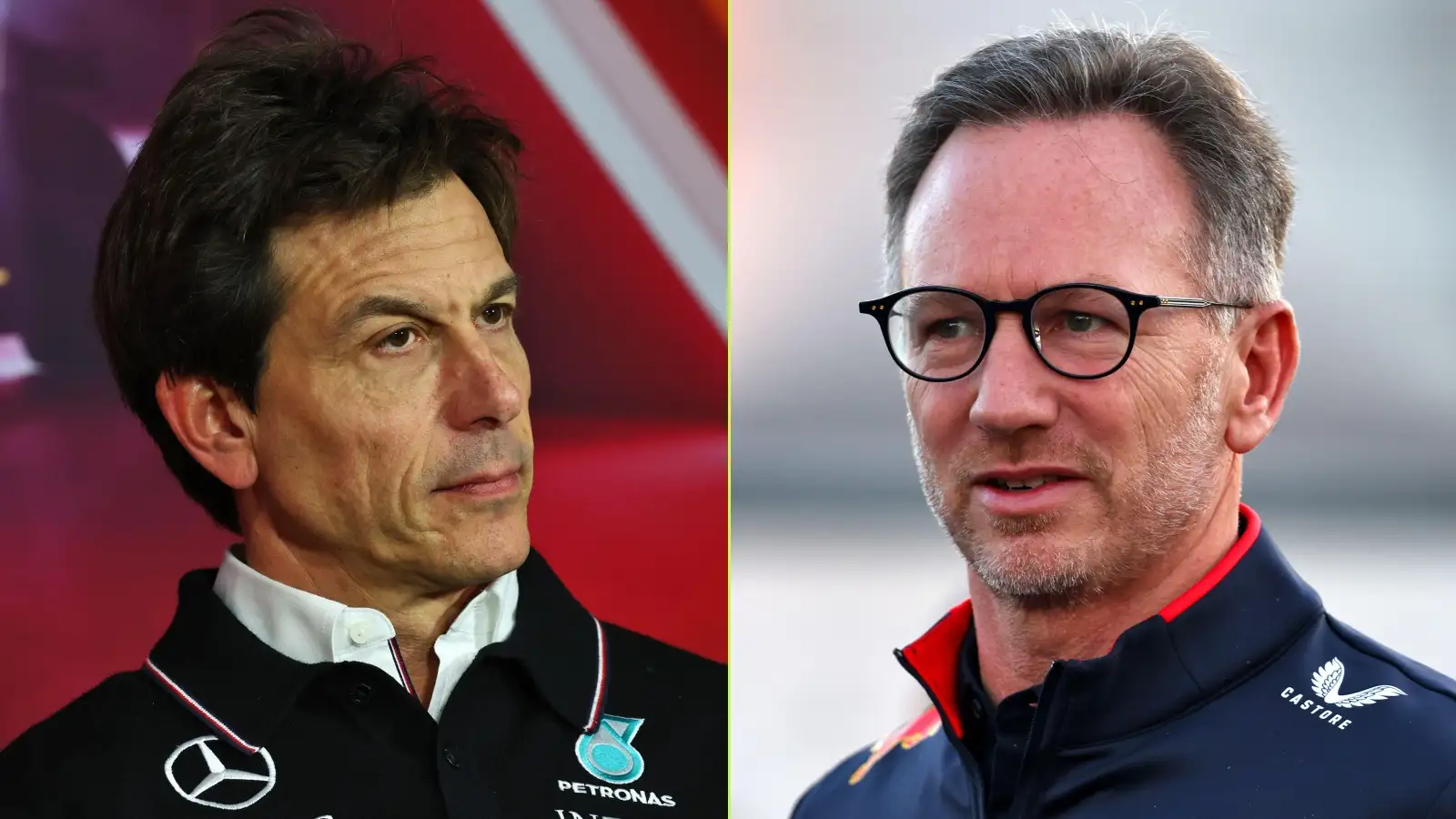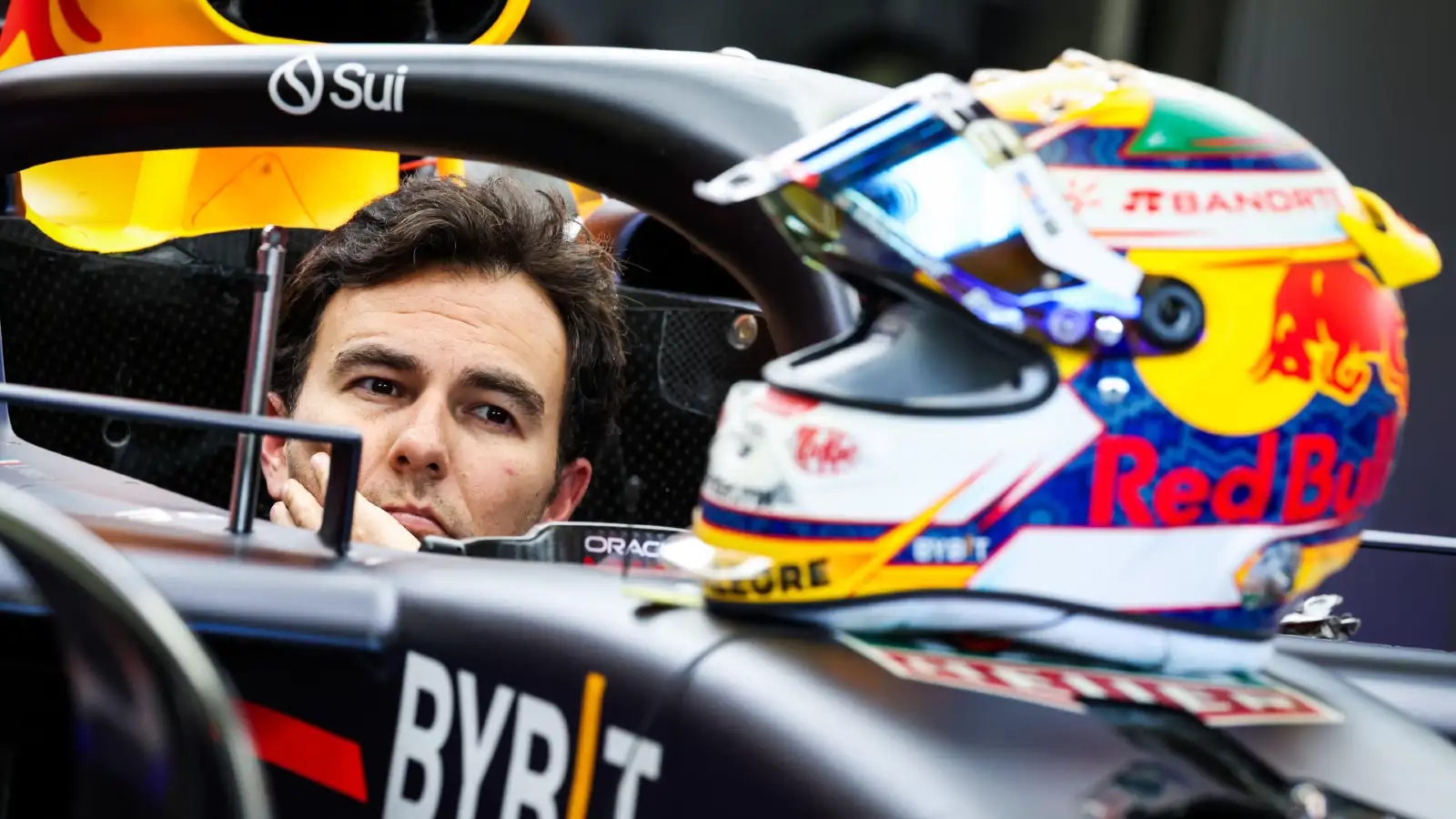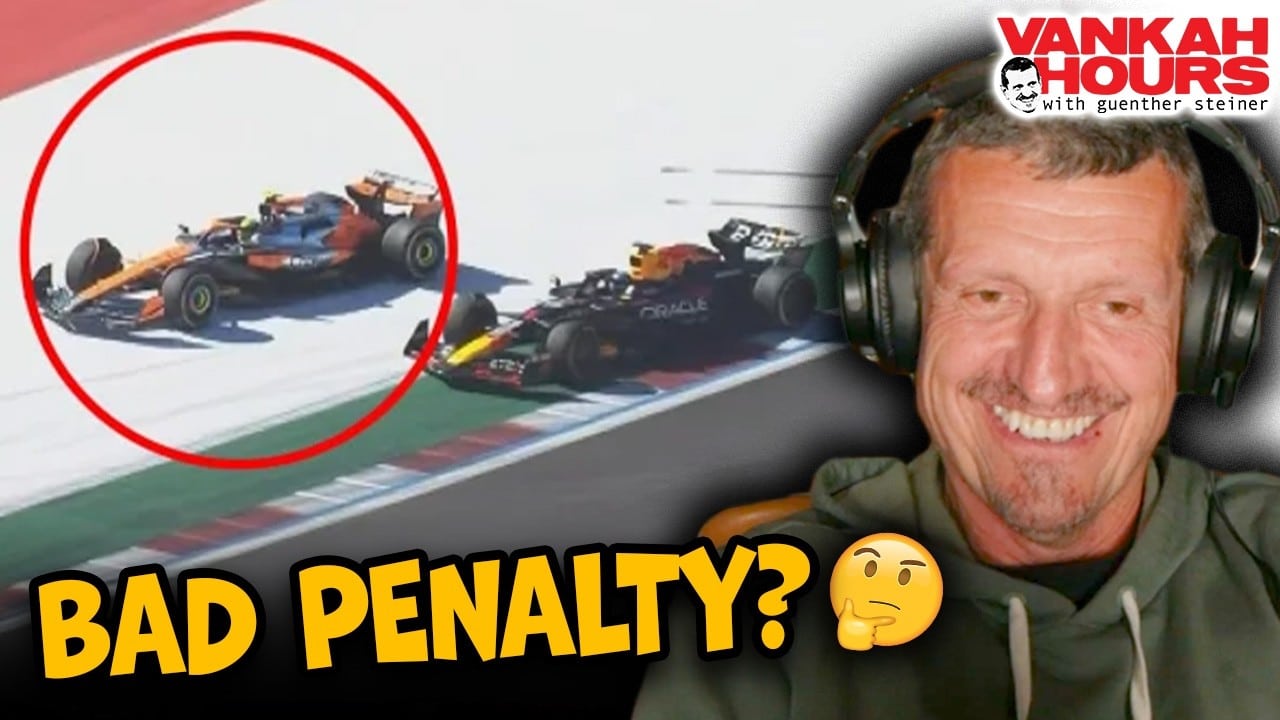In the high-stakes world of Formula 1, every second counts, and the Hungarian GP was no exception. McLaren’s radio messages provided quite the spectacle as Lando Norris and his race engineer, Will Joseph, played out a dramatic sequence of team orders that had fans on the edge of their seats.
The tension began on lap 43 when Oscar Piastri, leading the race, got a message from his engineer, Tom Stallard, that they wouldn’t try to cover Lewis Hamilton’s undercut. Meanwhile, Norris was told to keep an eye on Hamilton but stay out for as long as possible, hinting at a potential pit stop strategy.
By lap 45, Norris had pitted, switching to medium tires to cover Hamilton, as Piastri pushed to manage his own tires just a bit longer before stopping. The Australian led the race but made a small mistake, allowing Norris to gain time and eventually overlap him. Norris now found himself ahead but was soon asked to let Piastri through. This request led to a tense exchange over the radio.
Norris questioned the strategy, suggesting Piastri should have been pitted first if keeping positions was so crucial. With neither driver willing to yield, the radio became a battleground. Joseph repeatedly urged Norris to manage his tires and allow Piastri to reclaim the lead. But Norris was adamant, retorting that Piastri needed to catch up to him if he wanted the position back.
As laps dwindled, tensions rose. Joseph reminded Norris of the team’s meetings and the importance of cooperation in chasing the championship. Despite Joseph’s pleas and reminders about tire management, Norris held his ground, extending his lead to over five seconds. Piastri, on quicker tires, struggled to close the gap. The tension was palpable, with Joseph essentially bargaining with Norris over the radio and reminding him he needed team support to win the championship.
In the end, Norris conceded, allowing Piastri to pass on lap 67. Despite his frustration, Norris accepted the team’s decision. Piastri thanked the team and acknowledged the challenge, expressing gratitude for the coordination. Norris, albeit disappointed, recognized the overall gain for the team, capping off the race with a 1-2 finish for McLaren.
It was a nail-biting sequence of events, demonstrating the fine line between team orders and individual ambitions. The Hungarian GP showcased not just the drivers’ skill on the track but also their ability to handle intense situations, delivering a thrilling race for fans.
